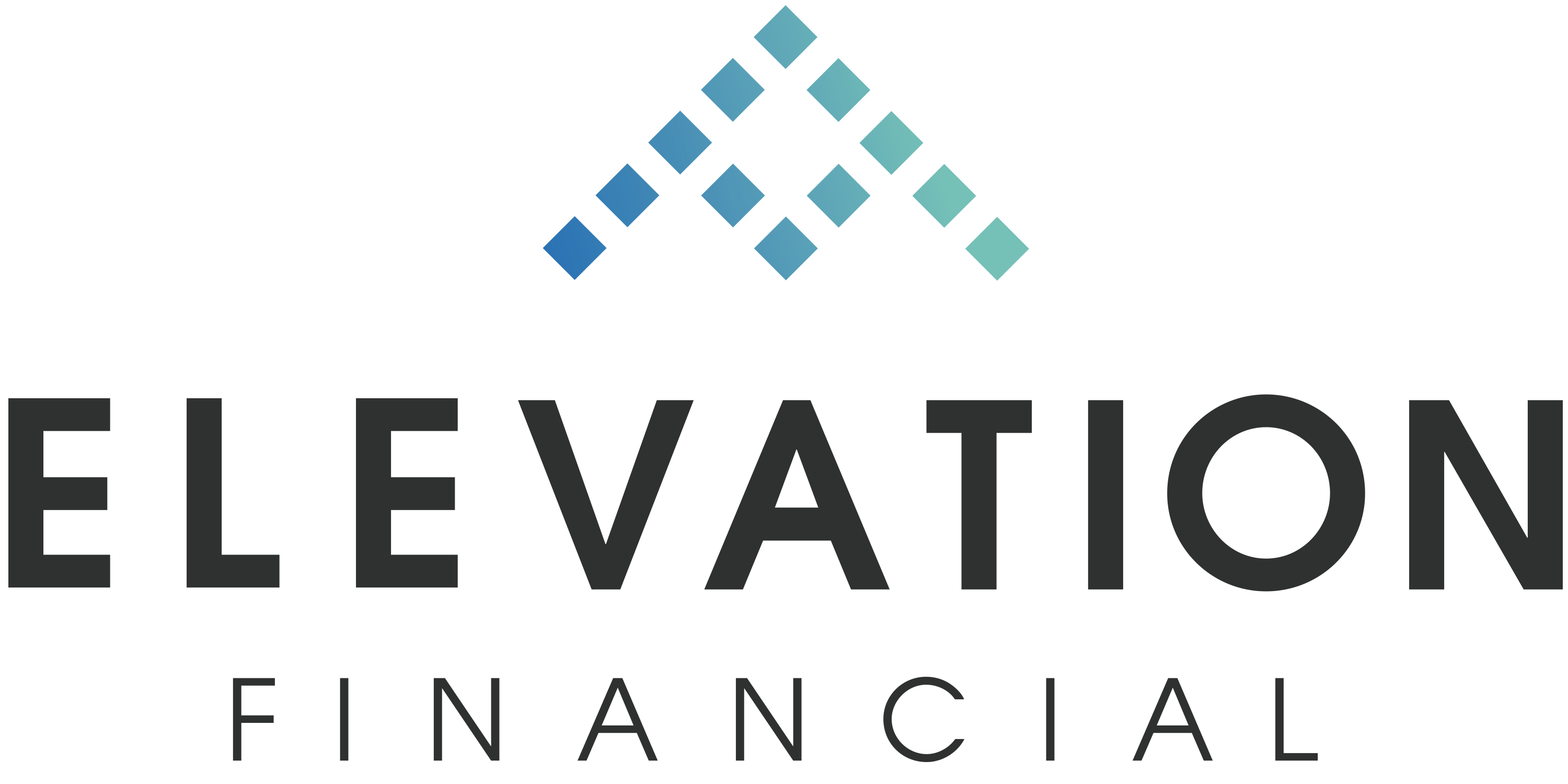
Share this Post
Subscribe

Need help with your money or investments? Book a consultation to learn more about working together.
Three Automations to Improve the Flow of Money in Your Life
[Prefer to listen? You can find a podcast version of this article here: E171: Three Automations to Improve the Flow of Money in Your Life]
Doing all the “right” things with money can be a challenge. And spoiler alert: there is no one “right” thing.
Intellectually, we know what will help us achieve success. Save money. Avoid debt. Invest in retirement accounts. Budget. The list goes on and on.
It can feel overwhelming sometimes to the point of giving up and just focusing on the now.
There is no shortage of education and information available on personal finance. Some of it is quite good.
But sometimes it’s helpful to cut through the noise and make use of simple systems.
As part of this, I think of money as something that “flows” through our lives, much like a stream or a river. It’s not always easy to make massive changes in how the money moves, but it’s possible to gradually and intentionally redirect the flow of money little by little to better align with our goals.
Based on my work with hundreds of individuals and families over time, I’ve become convinced that automation of one of the most effective ways to strengthen your financial health and achieve great control over the flow of money in your life.
There are three primary areas of money that I’ve found to be most effective to automate. If you set up automatic recurring transfers in these key areas, you will be on your way to enjoying much more financial stability and lower stress.
Short-term Savings
Short-term savings is money that is designed for things that either have a short time horizon or for things that may have an unpredictable timeline. This includes your emergency fund (unpredictable timeline) and things like saving up for a car or a large purchase (short time horizon).
You want this money in a cash account like a savings account or money market because you want to ensure that it will have no volatility and that it is 100% liquid (easily accessible at a moment’s notice).
One might think that once you reach a certain point in your cash savings you should stop saving into it.
However, maintaining a consistent recurring contribution into your savings can have tremendous benefits.
You are reinforcing a habit of saving even if it’s only a small amount. Your budget adjusts to the monthly savings transfer and it becomes part of your cash flow. This makes it easier to tweak the amount up or down as needed.
Additionally, it would be pretty difficult to find anyone who is saving too much money. Most of us find it challenging to keep enough money on hand for a small emergency fund, let alone a down payment for a house or a car.
Something always comes up that requires extra money. By constantly adding to your savings, you are strengthening your buffer against the unexpected, and creating more flexibility for the future.
Action item: make sure you have a savings account set up, preferably at a different bank than your checking account. Set up a recurring monthly transfer from your checking account to your saving account. It can also help to time it to happen on a day that you get paid so that you are paying yourself first.
Travel & Vacation Fund
Few things can destroy a budget like travel and vacations. It’s easy to get caught up in the excitement of planning and stop paying attention to how much we’re spending. And once you’re on vacation, money tends to disappear at lightning speed.
According to an Experian survey, 68% of vacationers spend more money than expected when traveling, often relying on credit cards to make up the difference.
Giving up vacations is definitely not the answer! Instead, plan ahead by incorporating travel and vacation money into your budget on a recurring basis. By saving a set amount of money each month in a travel & vacation account, you level out the spending and make it a predictable monthly line item in your budget.
Additionally, when it’s time to plan a vacation, you have a clear dollar amount to spend – you simply plan based on what’s in your travel & vacation account!
When it’s time to travel, you simply use the debit card attached to your travel & vacation account and your vacation spending never hits your primary budget. This results in no-stress guilt-free vacation spending.
And yes, you can use your credit card instead on vacation (which I acknowledge is what most will do). Just keep the balance within the limit of your travel & vacation account and then pay it off using that account when you get home.
This can also help with unexpected travel needs, such as funerals or other non-planned travel.
Action item: set up a “travel & vacation” checking account at a different bank than your everyday checking account. Set up a recurring monthly transfer from your everyday checking account to your travel & vacation account. Again it can also help to time it to happen on a day that you get paid so that you are paying yourself first.
Long-term Investing
Finally, retirement saving and long-term investing is another item in your budget that is a great candidate for automation.
Once bills are paid and other everyday expenses are accounted for, it’s easy to forget about investing for the future. As humans, we are very good at processing what’s right in front of us but often not great at visualizing abstract concepts like planning for the future.
Creating a habit of investing through automation helps us overcome the tendency to put it off.
If you have a 401(k) through a job, you have the advantage of a built-in system. Simply log in and set up a contribution that comes out of every paycheck. This is about as easy as it gets. Then, make it a goal to increase it by a percentage point every 3-6 months.
If you invest in other ways such as a Roth IRA, Solo 401(k), or taxable brokerage account, you will need to set up your own automation. Luckily just about every major investment platform makes this easy.
Action item: if you have an employer 401(k), set up a percentage of your paycheck to come out each time (start with at least what your match is). Then, set a reminder for yourself to increase it by a percentage point every 3-6 months until you are maxing it out. If you invest outside of an employer 401(k), set up a recurring monthly transfer from your everyday checking account to your retirement or investment accounts. You guessed it – it can also help to time it to happen on a day that you get paid so that you are paying yourself first.
Key Takeaways
Automation creates habits that compound over time. While there are other areas in personal finance that can be automated, these tend to be the key areas that make the most impact and most improve the flow of money toward your goals.
- Step 1: set up the three automations described.
- Step 2: set a reminder to increase each recurring amount little by little (even a $25 increase is something!).
- Step 3: notice that you feel less stress about money as time goes on.
Personal finance is full of nuance and complexity at times. But this framework is a great way to lay a strong foundation for financial health that will help you feel better about your money.
